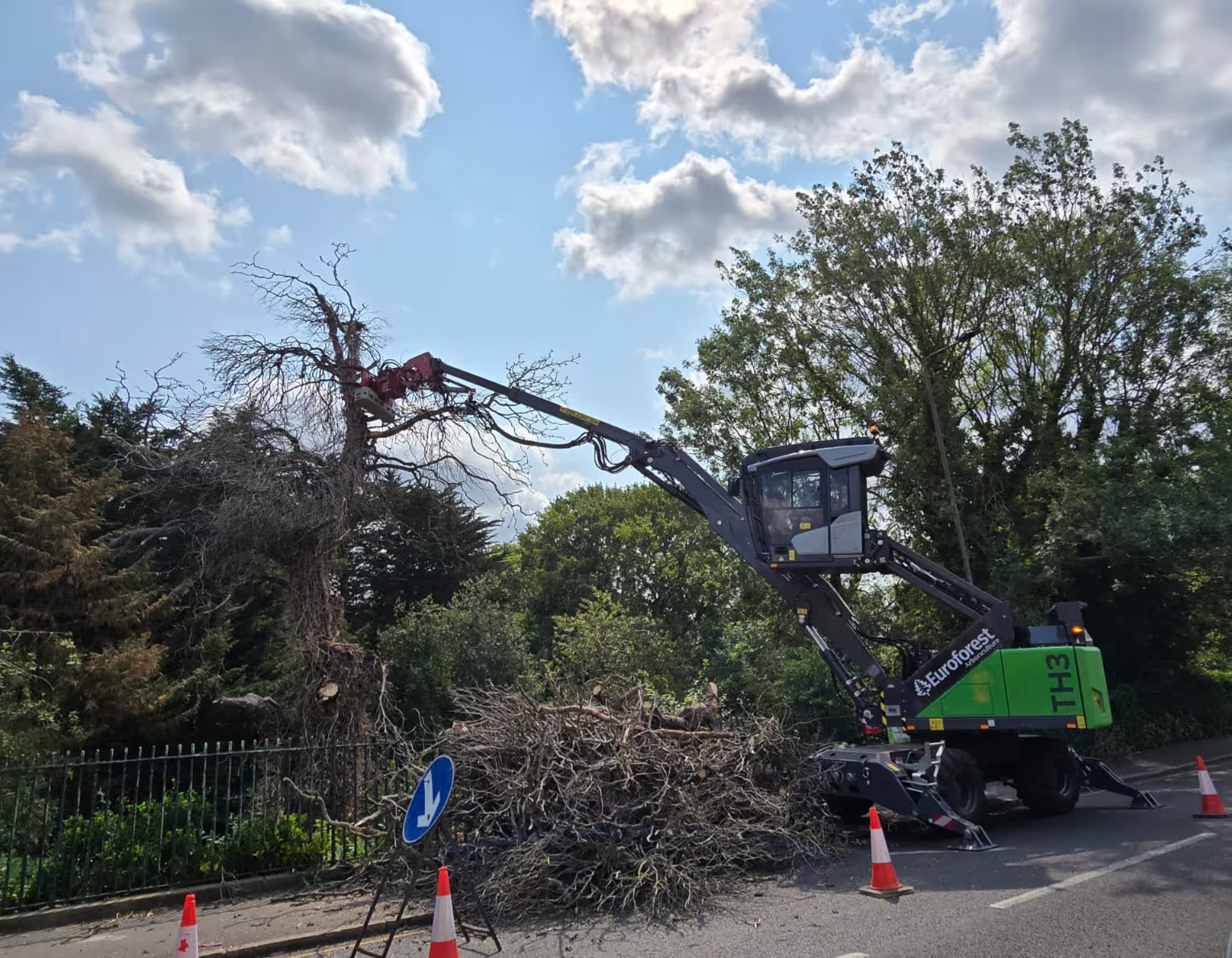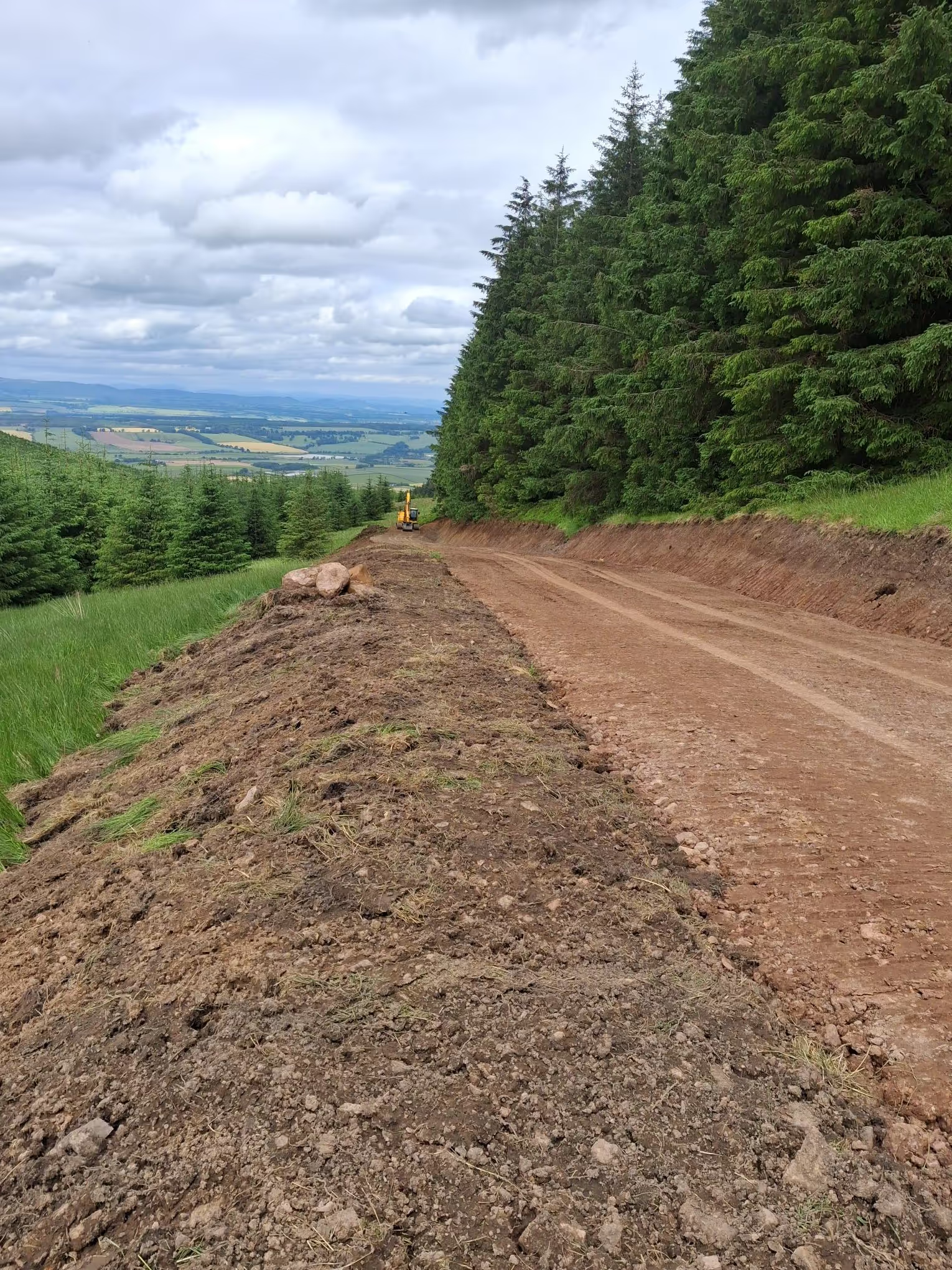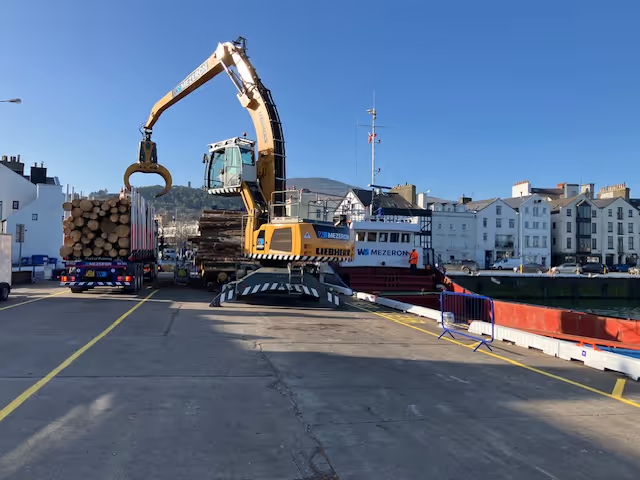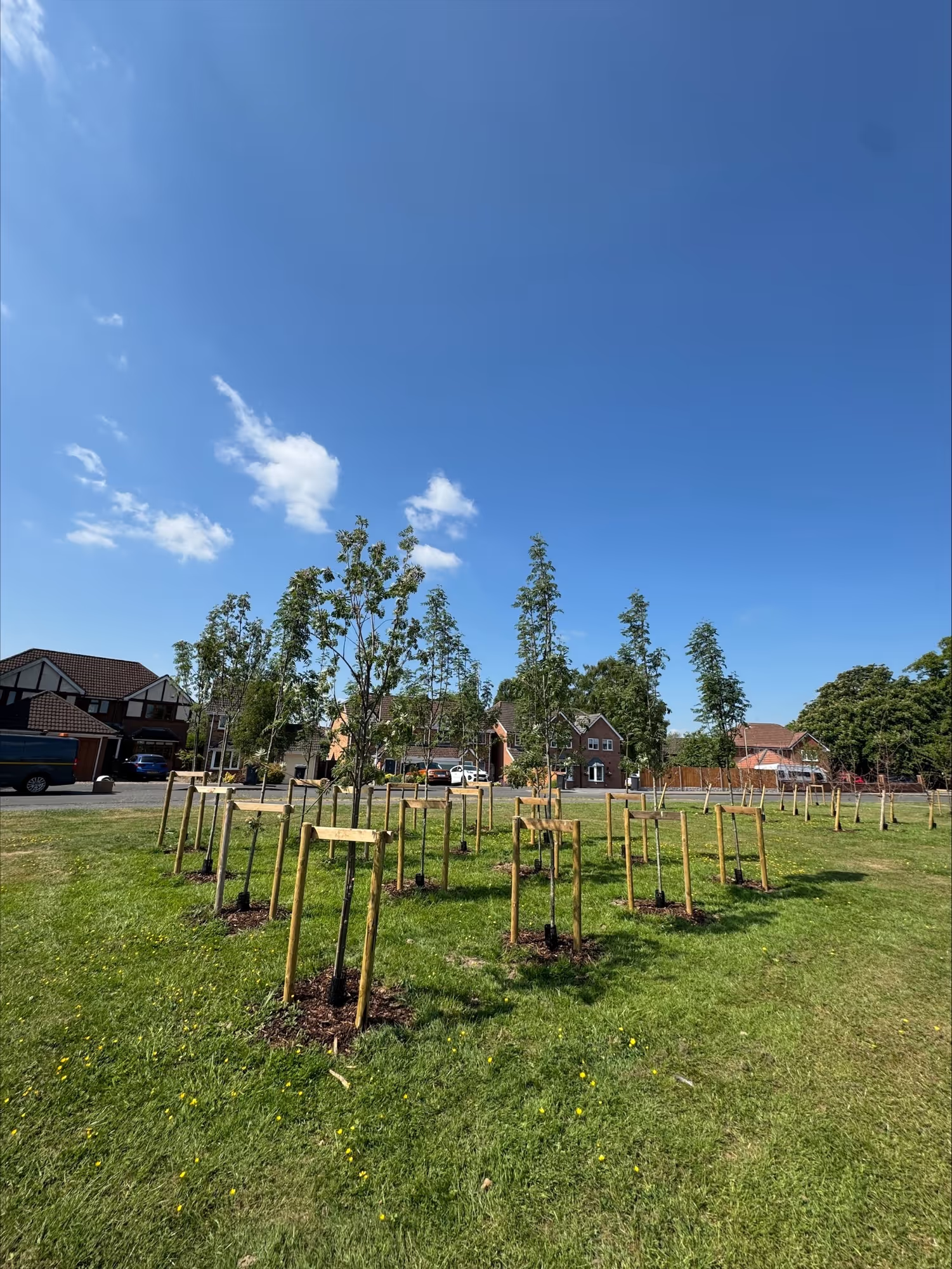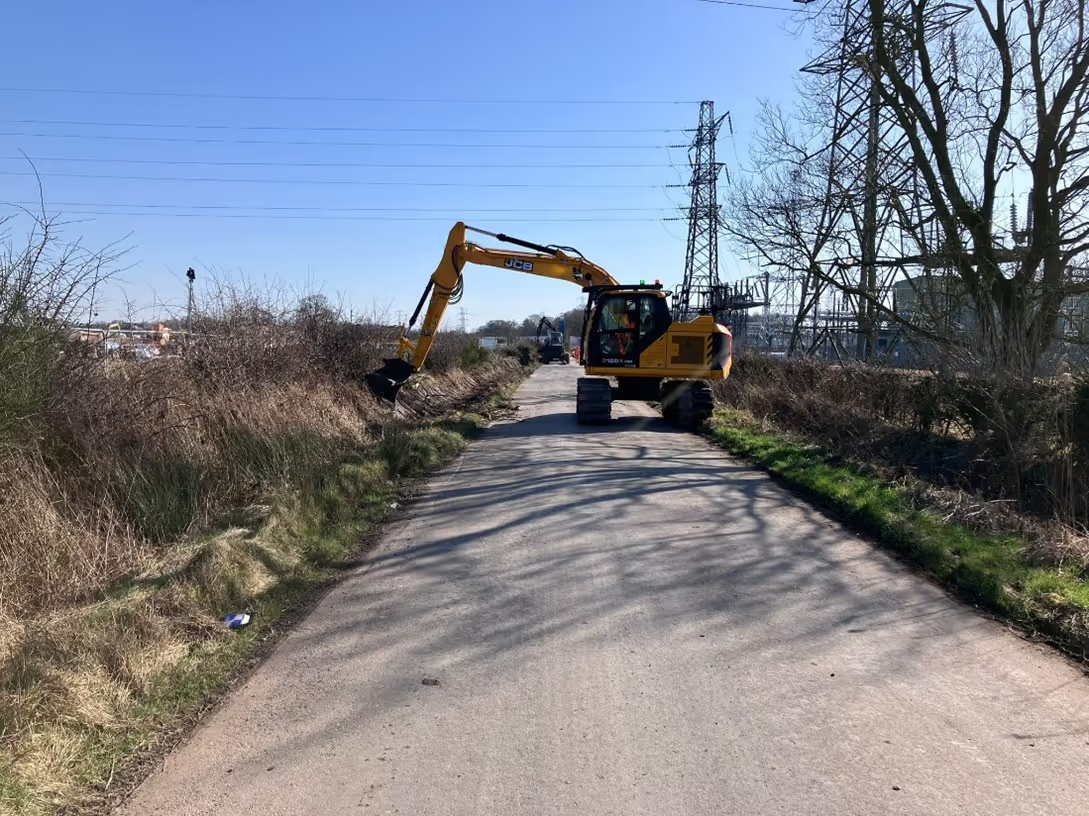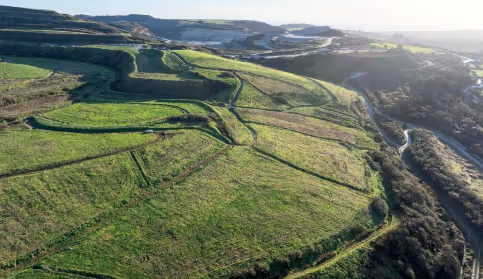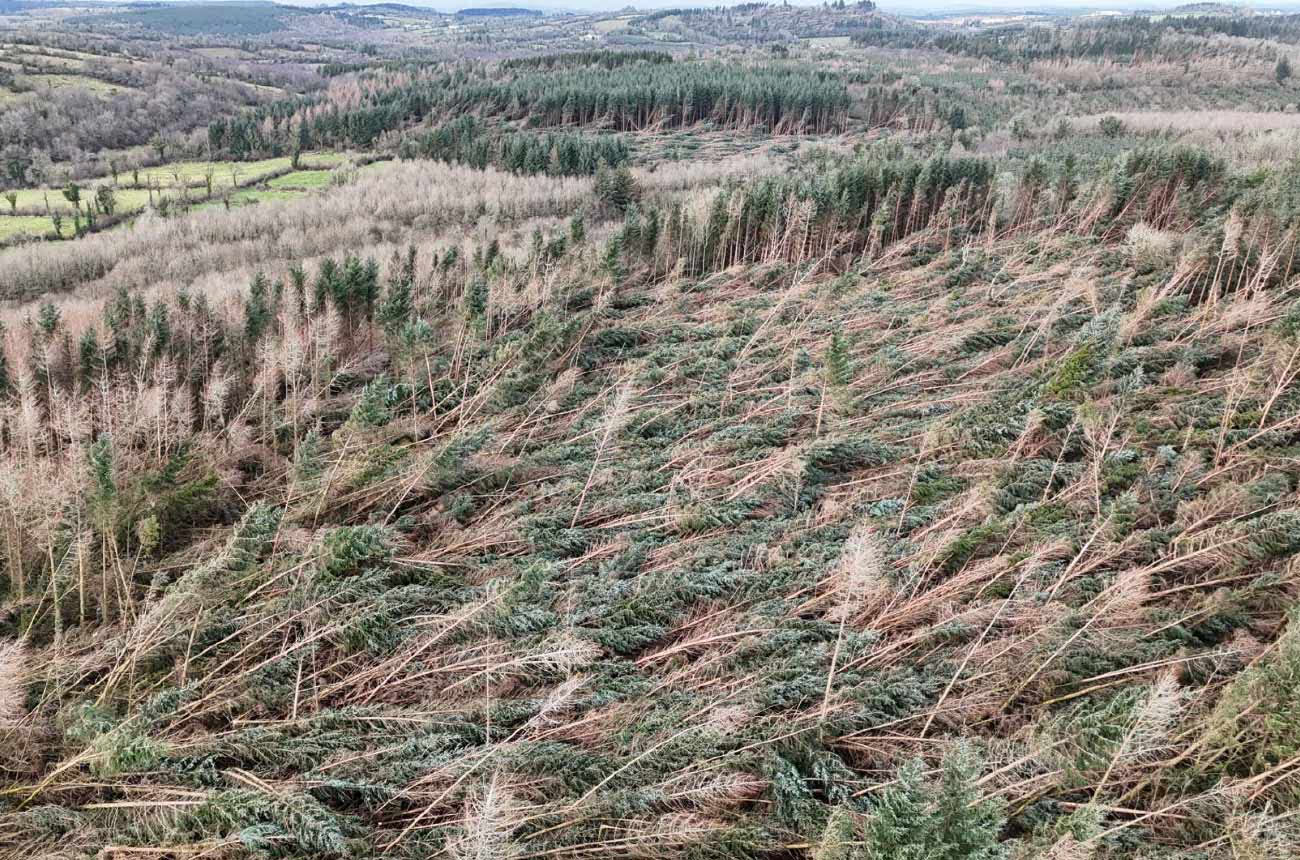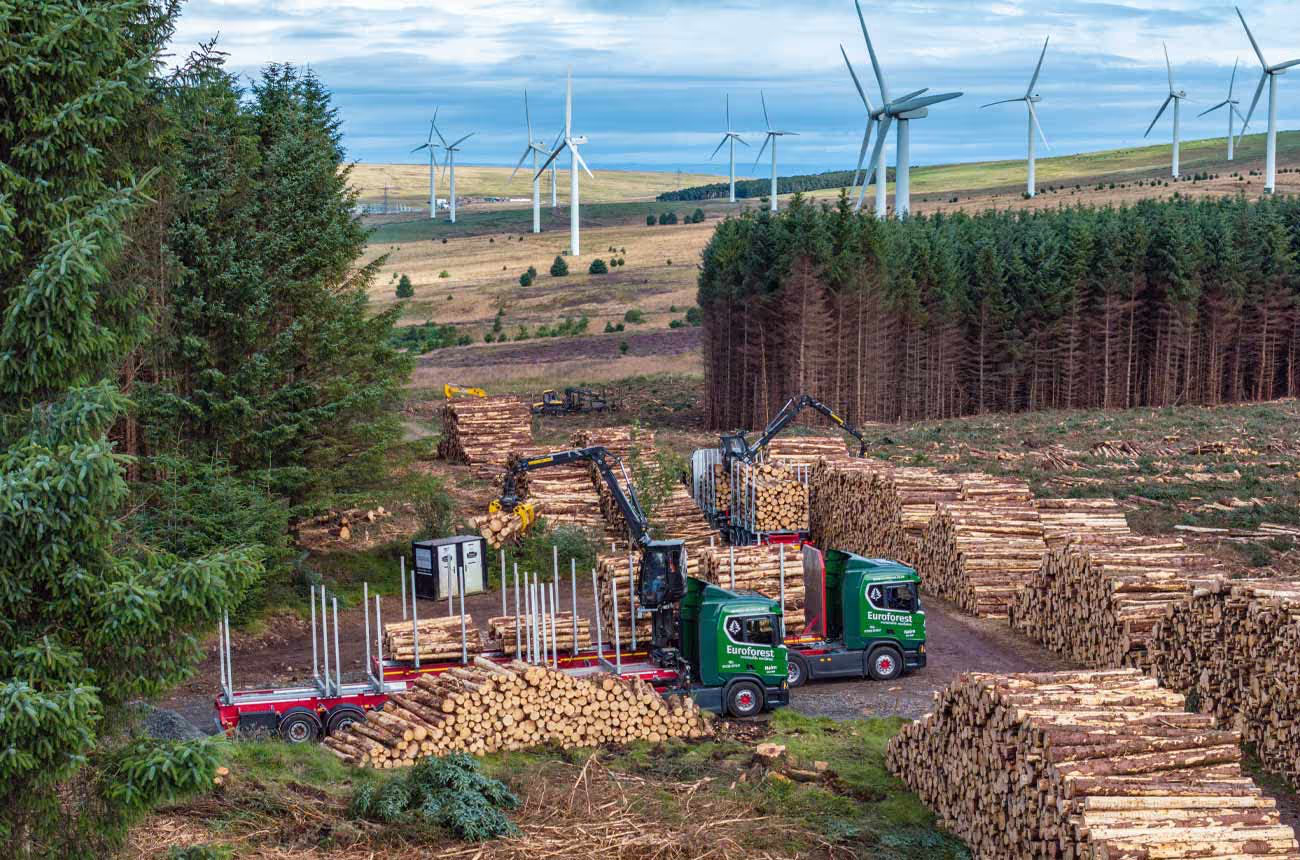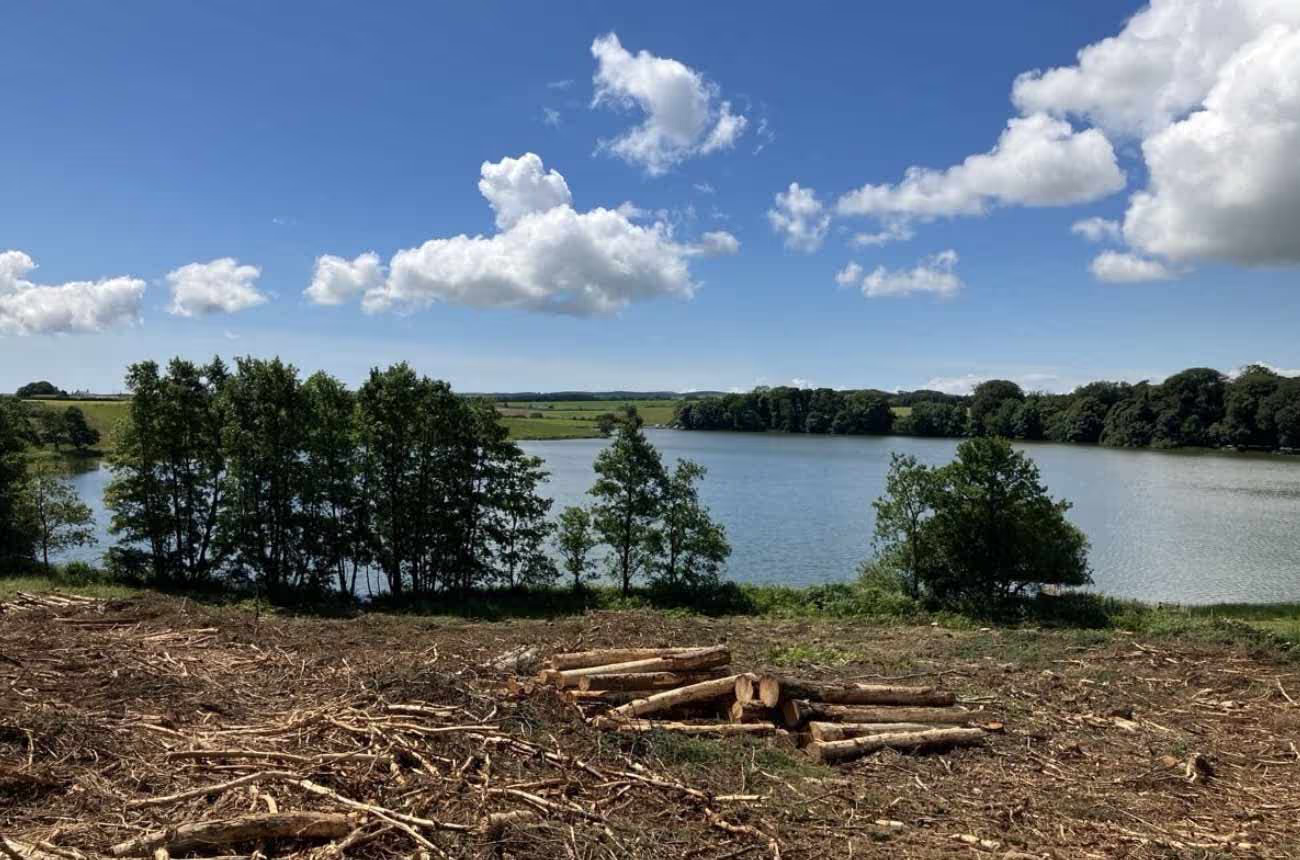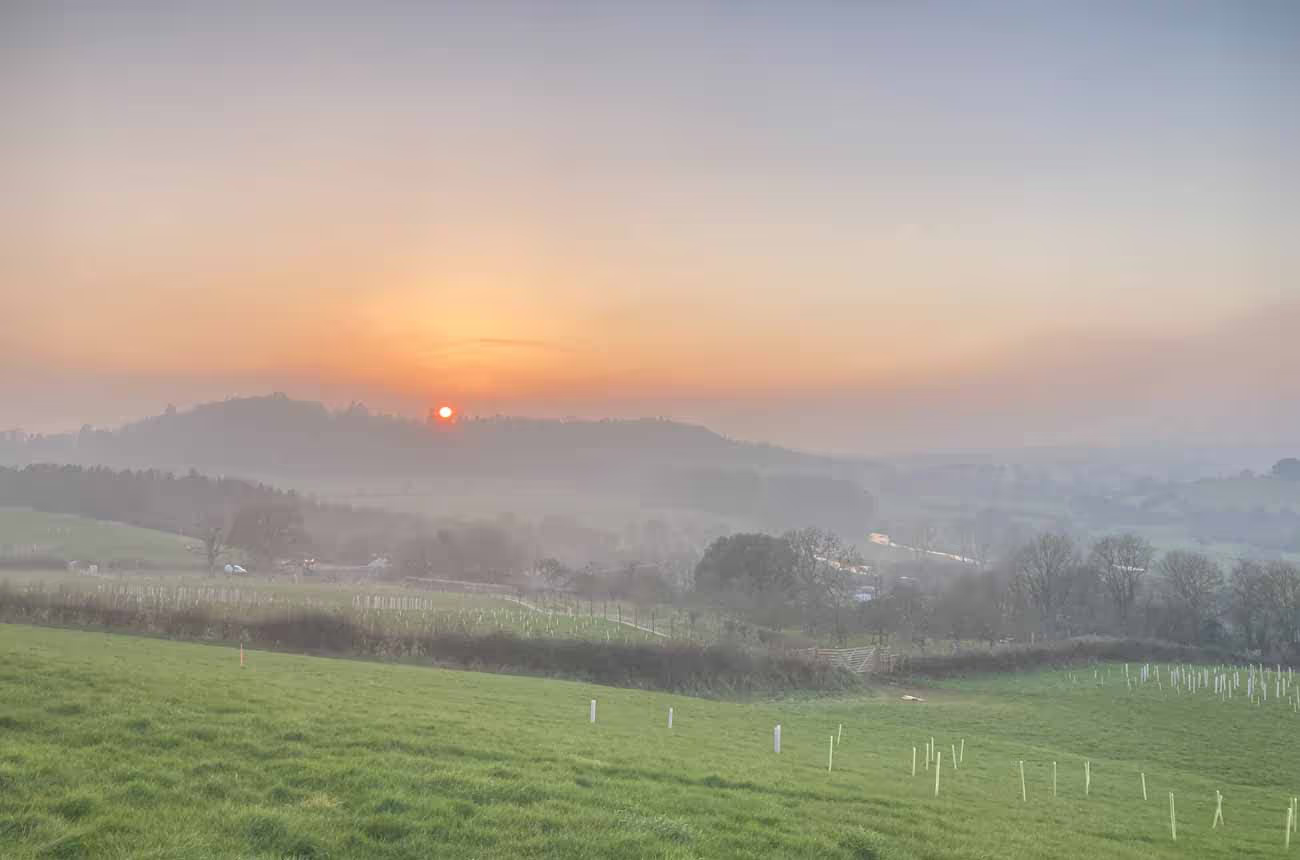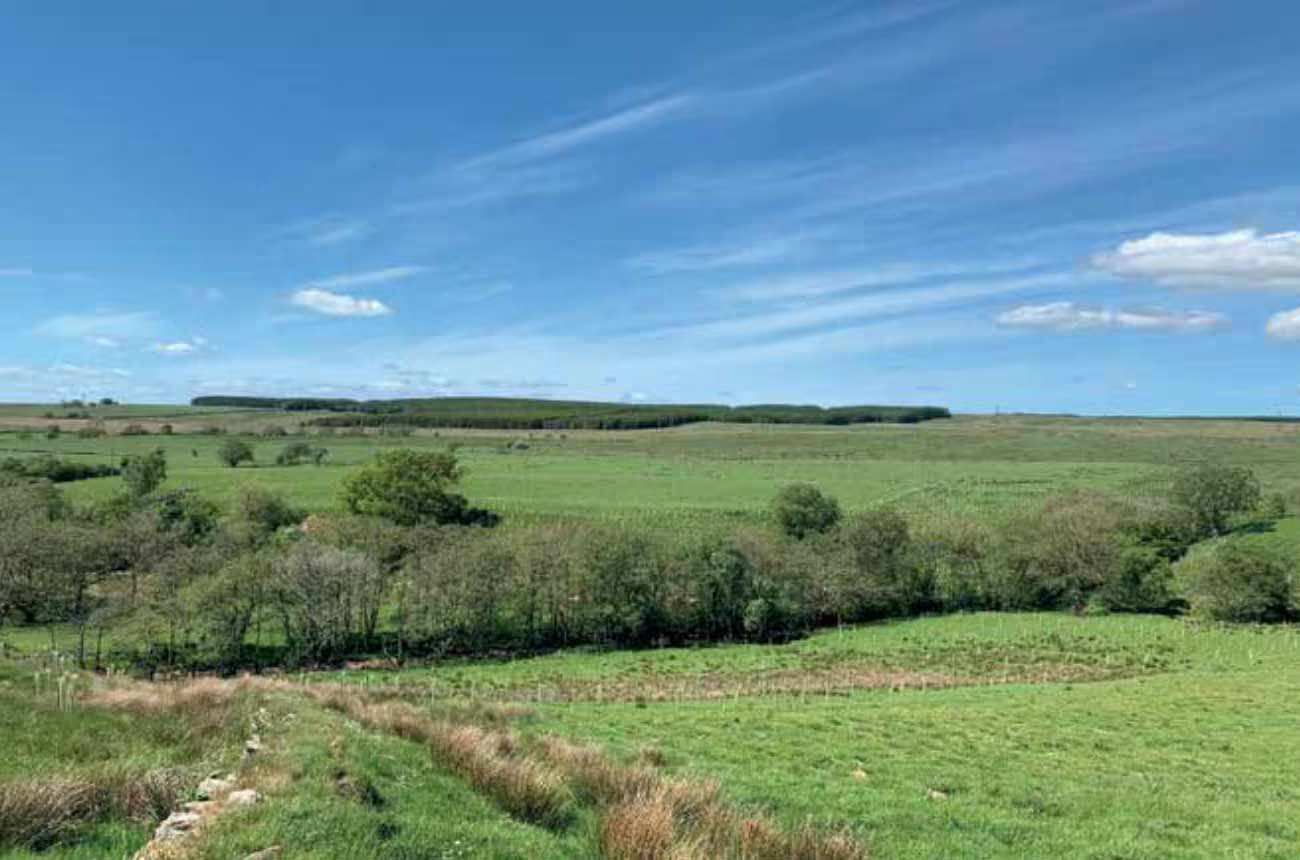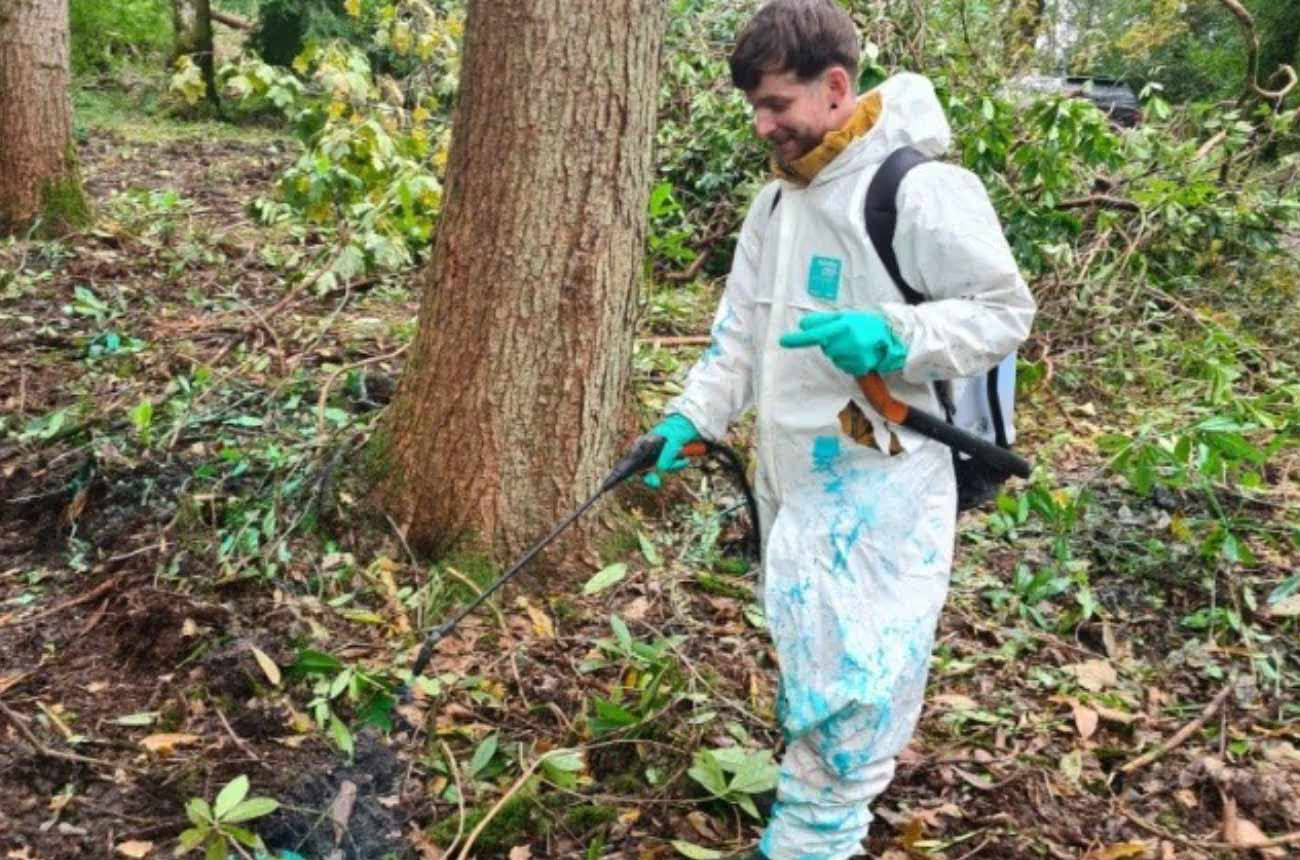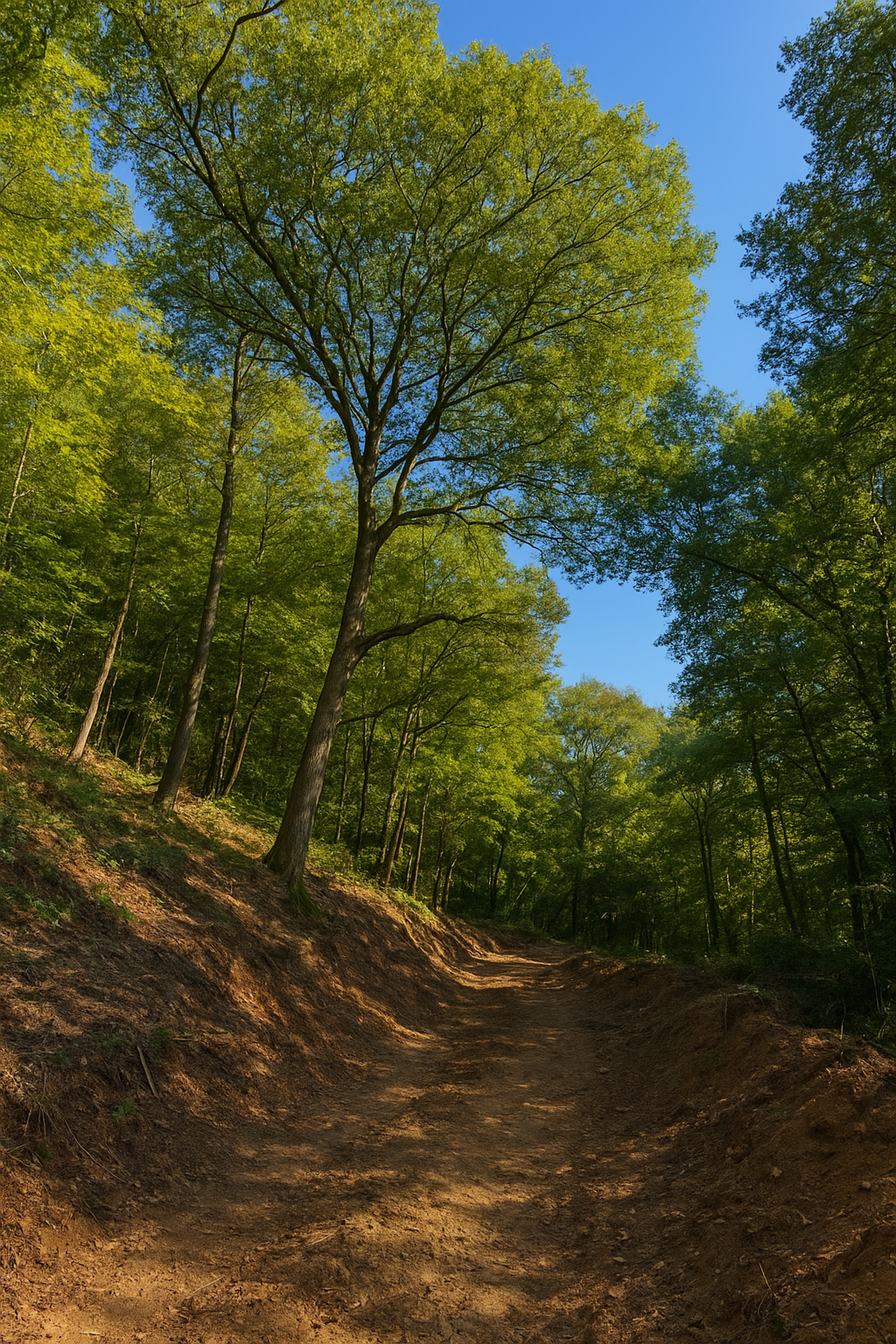
Duration: Approximately 4 months
Outputs: 1,000 tonnes of sustainably harvested firewood
Location: Southwest England
Over this decade, the site has undergone an intensive programme of restoration and management aimed at bringing the woodland back into a healthy, productive, and biodiverse condition.
The current phase marks the fourth and final thinning intervention, delivered in partnership with Euroforest harvesting, which will see the removal of approximately 1,000 tonnes of firewood.
The overarching goal has been to restore an ancient Cornish oak woodland to active management. The site now benefits from:
These interventions are designed to enhance biodiversity, encourage natural regeneration, and improve woodland infrastructure through widening rides and improving internal tracks.
Work is currently focused on the final extraction phase, which must be completed before the end of October due to the site’s SSSI (Site of Special Scientific Interest) access constraints, entry is only permitted via an exisiting ford within a four month operational window. The contractor is completing cutting operations and transitioning to extraction for the remainder of the consent period.
The site presented several logistical and environmental challenges:
These factors contribute to lower production rates and higher operating costs, but careful planning, teamwork and skilled local contractors have ensured smooth delivery.
Early and proactive planning was essential. All consents and ecological checks were secured in good time, including EPS (European Protected Species) assessments. By mobilising contractors as soon as consent was granted, Euroforest maximised the available working window.
The project also highlights the benefit of a collaborative approach between Euroforest Silviculture and Euroforest harvesting — aligning management expertise with specialist operational capability to achieve both environmental and economic objectives.
This project exemplifies Euroforest’s commitment to sustainability, collaboration, and practical woodland management. While challenging, sites like this demonstrate that with the right expertise, planning, and equipment, even complex ancient woodlands can be managed successfully and sustainably — achieving ecological, operational, and financial benefits.
With active operations nearing completion, the focus will shift to monitoring and maintenance under the Countryside Stewardship agreement. Over the coming years, efforts will centre on preventing laurel reestablishment and supporting natural regeneration, marking a quieter but equally important phase in the woodland’s long term recovery.
.jpg)
